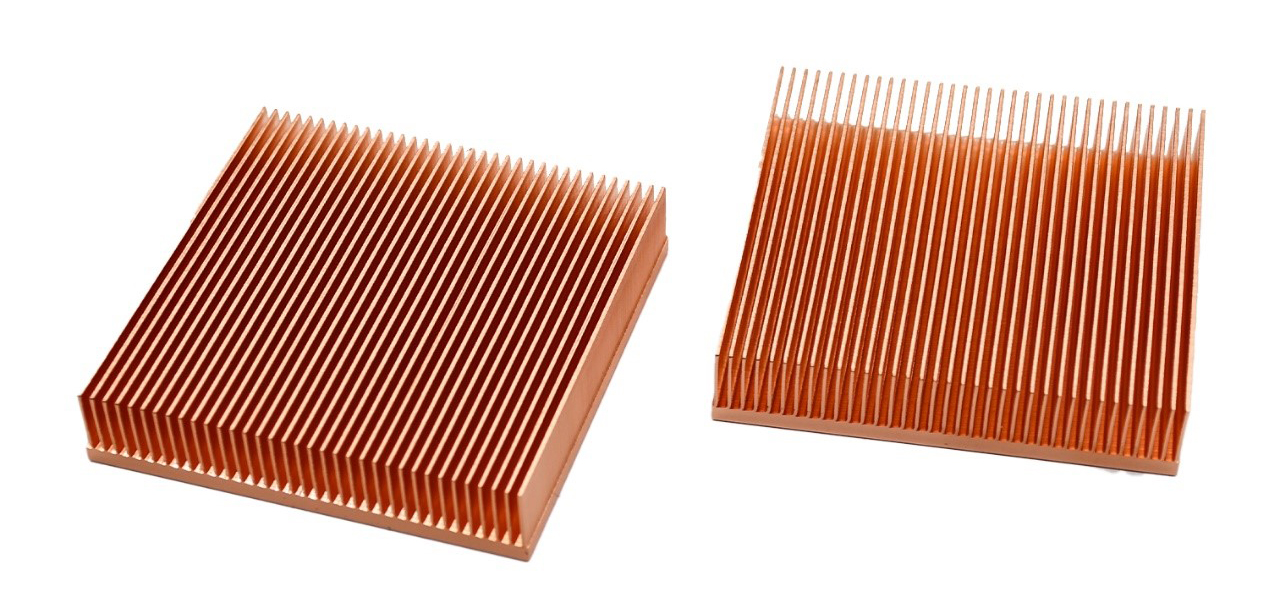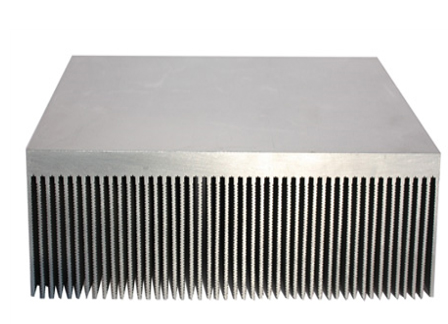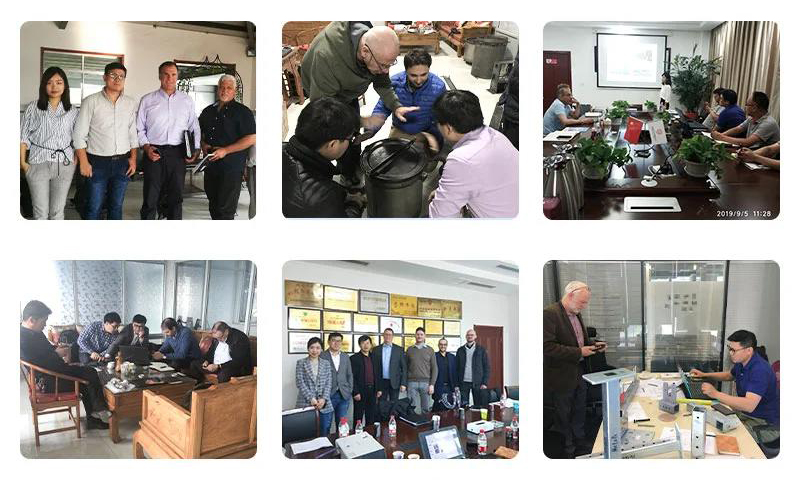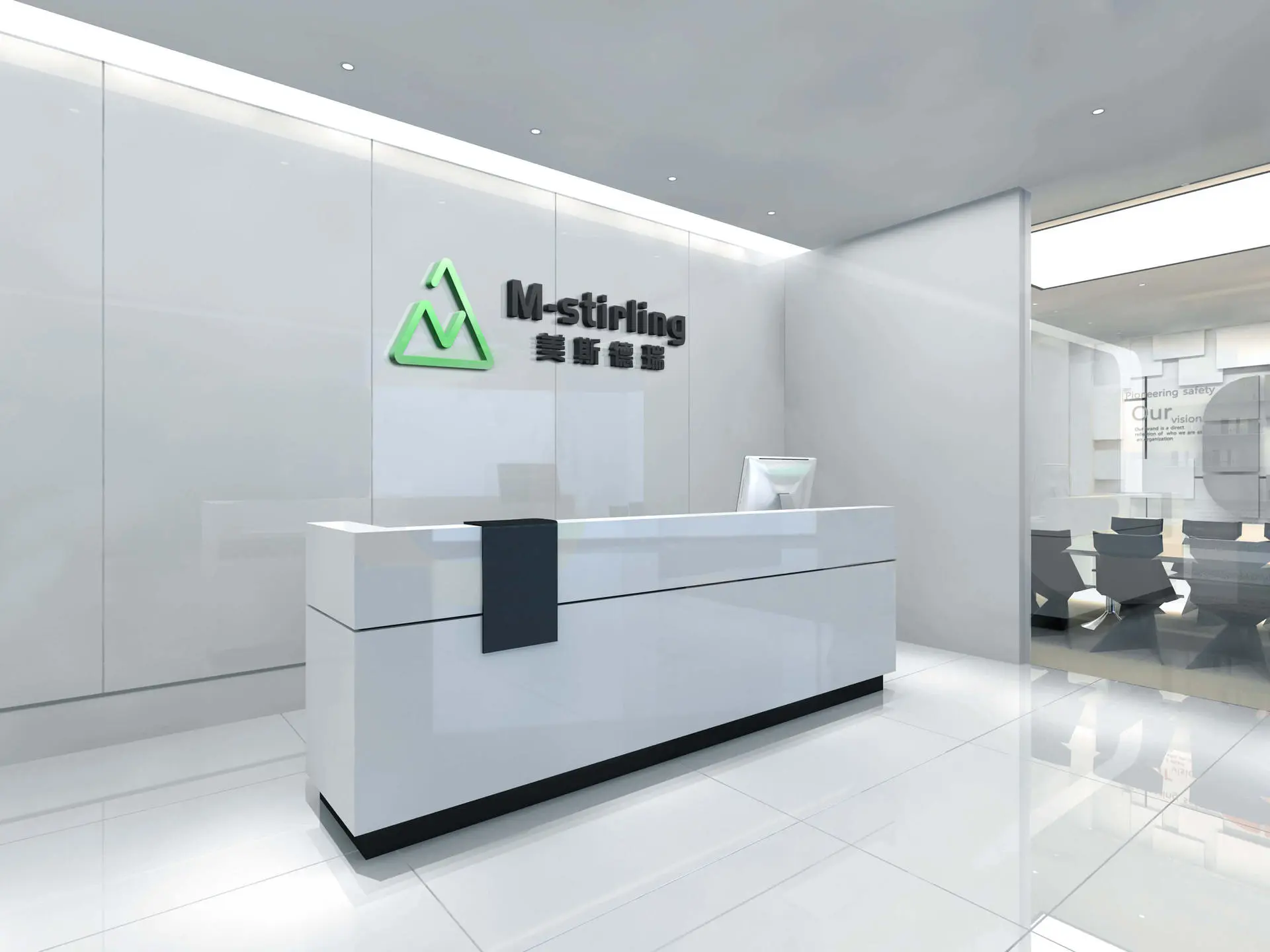- All
- Product Name
- Product Keyword
- Product Model
- Product Summary
- Product Description
- Multi Field Search



| Availability: | |
|---|---|
Product name : cnc machining skiving aluminum alloy led light bulb heat sink
A skiving LED light bulb heat sink is a specialized type of heat sink designed to dissipate heat from LED light bulbs. The heat sink is made using a process called skiving, which involves cutting thin slices of metal from a larger block to create a complex, high-performance heat sink.
The skiving process allows for the creation of a heat sink with a large surface area, which provides optimal cooling for LED light bulbs. The thin slices of metal are cut into a fin-like shape, which increases the surface area of the heat sink and allows for efficient heat dissipation.
The skiving LED light bulb heat sink is typically made from aluminum, which is a lightweight and durable metal with excellent thermal conductivity properties. The heat sink is designed to be mounted directly onto the LED light bulb, using either thermal adhesive or screws.
PRODUCT DESCRIPTION | ||
NO. | ITEM | DESCRIPTION |
1 | Material | Aluminum alloy 6060,6061,6063,T3,T5 |
2 | Section Dimension (W*H) | Up to 500*120 mm |
3 | Fin thickness | 0.2 to 1 mm |
4 | Fin spacing | Minimum 0.5 mm |
5 | Cooling Capacity | Up to 800 W |
6 | Flatness for mounting surface | 0.15 mm |
7 | Surface roughness for mounting | 3.2 um |
8 | Manufacturing Method | CNC skiving |
9 | Cooling Method | Natural or forced air cooling |
10 | Surface Finish | Mill finish |
11 | Warranty time | 1 year |
12 | Place of Region | Jiangsu province of China |
13 | Reference Standard | GB/T 3190-2008,ISO 2768 |
M-stirling's heat sink technologies include
◆ CNC machined aluminum fins heat sink
◆ Skived aluminum heat sink
◆ Vacuum brazed bonded aluminum fins heat sink
◆ Extruded aluminum heat sink
◆ Die casting aluminum heat sink
◆ Epoxy glued bonded aluminum fin heat sink

▲ Copper heat sink
M-stirling's manufacture a wide range of heat sink include
● Cpu gpu ram heat sink
● Led aluminum heat sink
● Heat sink aluminum enclosure
● Copper heat pipe heat sink
● Liquid water cooling heat sink
● Inverter Aluminum Heatsink
● Other custom heat sinks

▲ Skived aluminum heat sink with copper heat pipe
Brief of heat sink
A heat sink (also commonly spelled heatsink) is a passive heat exchanger that transfers the heat generated by an electronic or a mechanical device to a fluid medium, often air or a liquid coolant, where it is dissipated away from the device, thereby allowing regulation of the device's temperature. In computers, heat sinks are used to cool CPUs, GPUs, and some chipsets and RAM modules. Heat sinks are used with high-power semiconductor devices such as power transistors and optoelectronics such as lasers and light-emitting diodes (LEDs), where the heat dissipation ability of the component itself is insufficient to moderate its temperature.
A heat sink is designed to maximize its surface area in contact with the cooling medium surrounding it, such as the air. Air velocity, choice of material, protrusion design and surface treatment are factors that affect the performance of a heat sink. Heat sink attachment methods and thermal interface materials also affect the die temperature of the integrated circuit. Thermal adhesive or thermal paste improve the heat sink's performance by filling air gaps between the heat sink and the heat spreader on the device. A heat sink is usually made out of aluminum or copper.
Product name : cnc machining skiving aluminum alloy led light bulb heat sink
A skiving LED light bulb heat sink is a specialized type of heat sink designed to dissipate heat from LED light bulbs. The heat sink is made using a process called skiving, which involves cutting thin slices of metal from a larger block to create a complex, high-performance heat sink.
The skiving process allows for the creation of a heat sink with a large surface area, which provides optimal cooling for LED light bulbs. The thin slices of metal are cut into a fin-like shape, which increases the surface area of the heat sink and allows for efficient heat dissipation.
The skiving LED light bulb heat sink is typically made from aluminum, which is a lightweight and durable metal with excellent thermal conductivity properties. The heat sink is designed to be mounted directly onto the LED light bulb, using either thermal adhesive or screws.
PRODUCT DESCRIPTION | ||
NO. | ITEM | DESCRIPTION |
1 | Material | Aluminum alloy 6060,6061,6063,T3,T5 |
2 | Section Dimension (W*H) | Up to 500*120 mm |
3 | Fin thickness | 0.2 to 1 mm |
4 | Fin spacing | Minimum 0.5 mm |
5 | Cooling Capacity | Up to 800 W |
6 | Flatness for mounting surface | 0.15 mm |
7 | Surface roughness for mounting | 3.2 um |
8 | Manufacturing Method | CNC skiving |
9 | Cooling Method | Natural or forced air cooling |
10 | Surface Finish | Mill finish |
11 | Warranty time | 1 year |
12 | Place of Region | Jiangsu province of China |
13 | Reference Standard | GB/T 3190-2008,ISO 2768 |
M-stirling's heat sink technologies include
◆ CNC machined aluminum fins heat sink
◆ Skived aluminum heat sink
◆ Vacuum brazed bonded aluminum fins heat sink
◆ Extruded aluminum heat sink
◆ Die casting aluminum heat sink
◆ Epoxy glued bonded aluminum fin heat sink

▲ Copper heat sink
M-stirling's manufacture a wide range of heat sink include
● Cpu gpu ram heat sink
● Led aluminum heat sink
● Heat sink aluminum enclosure
● Copper heat pipe heat sink
● Liquid water cooling heat sink
● Inverter Aluminum Heatsink
● Other custom heat sinks

▲ Skived aluminum heat sink with copper heat pipe
Brief of heat sink
A heat sink (also commonly spelled heatsink) is a passive heat exchanger that transfers the heat generated by an electronic or a mechanical device to a fluid medium, often air or a liquid coolant, where it is dissipated away from the device, thereby allowing regulation of the device's temperature. In computers, heat sinks are used to cool CPUs, GPUs, and some chipsets and RAM modules. Heat sinks are used with high-power semiconductor devices such as power transistors and optoelectronics such as lasers and light-emitting diodes (LEDs), where the heat dissipation ability of the component itself is insufficient to moderate its temperature.
A heat sink is designed to maximize its surface area in contact with the cooling medium surrounding it, such as the air. Air velocity, choice of material, protrusion design and surface treatment are factors that affect the performance of a heat sink. Heat sink attachment methods and thermal interface materials also affect the die temperature of the integrated circuit. Thermal adhesive or thermal paste improve the heat sink's performance by filling air gaps between the heat sink and the heat spreader on the device. A heat sink is usually made out of aluminum or copper.

